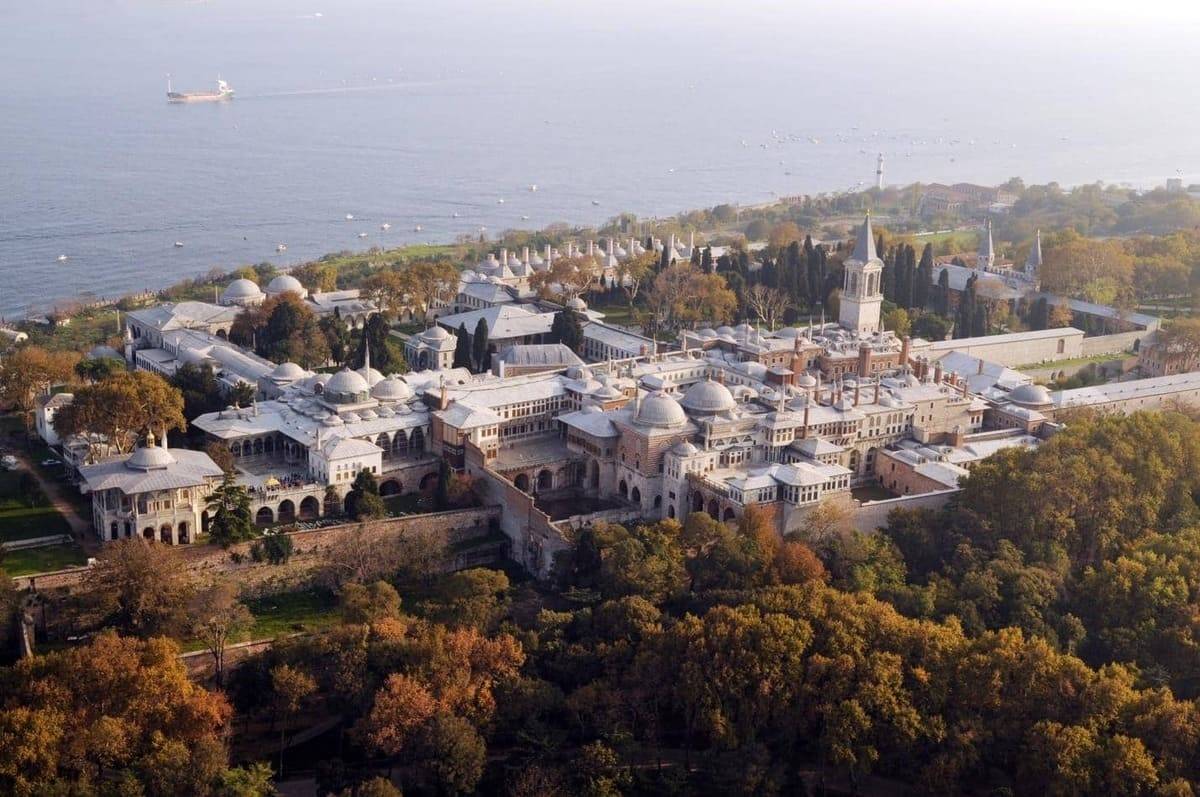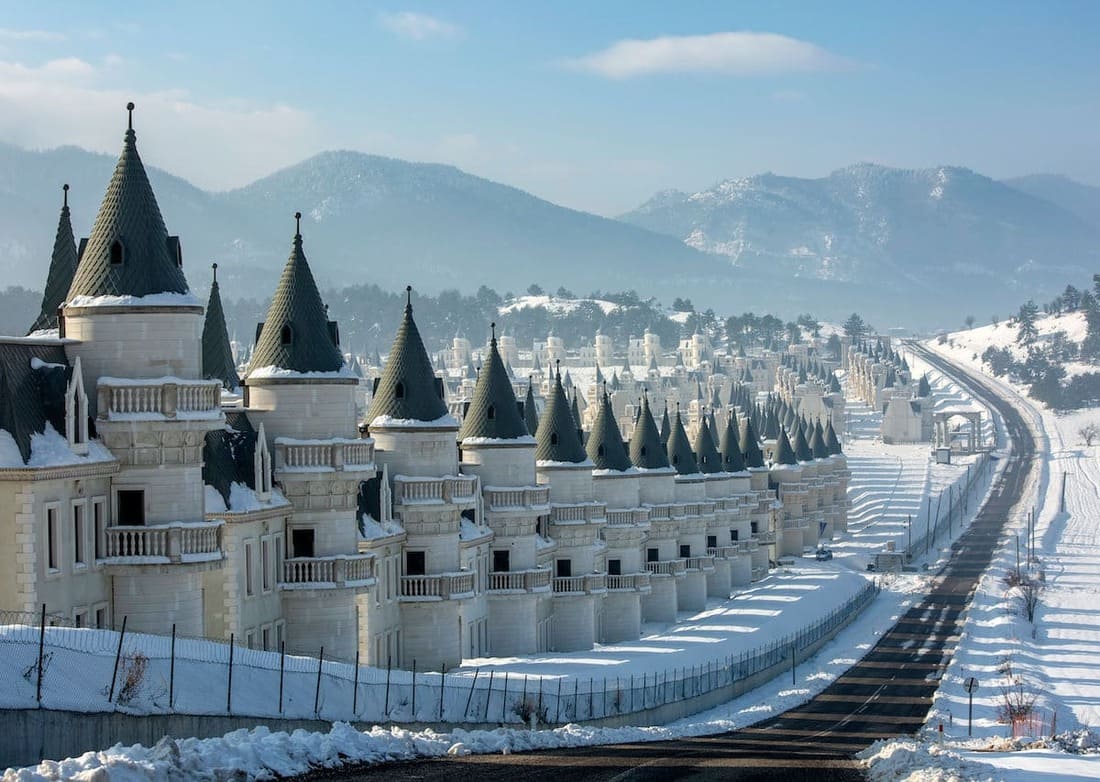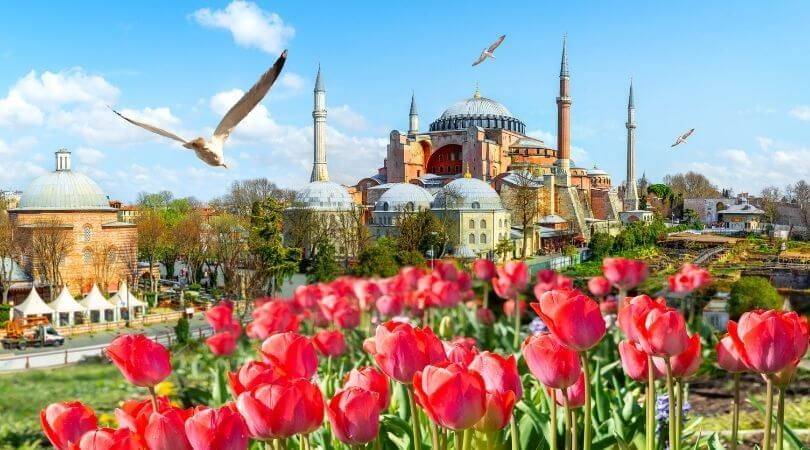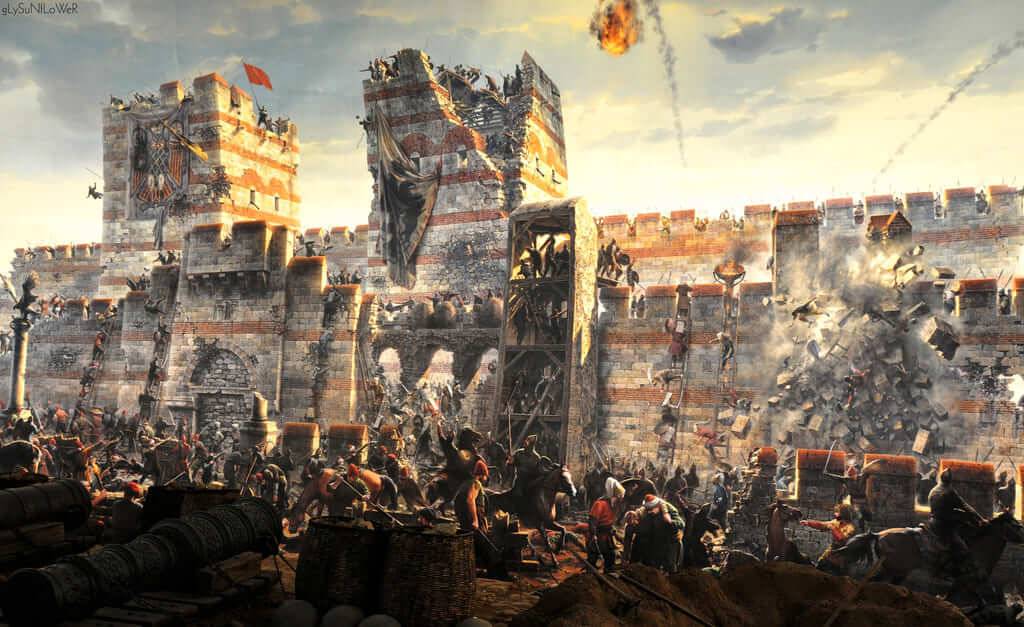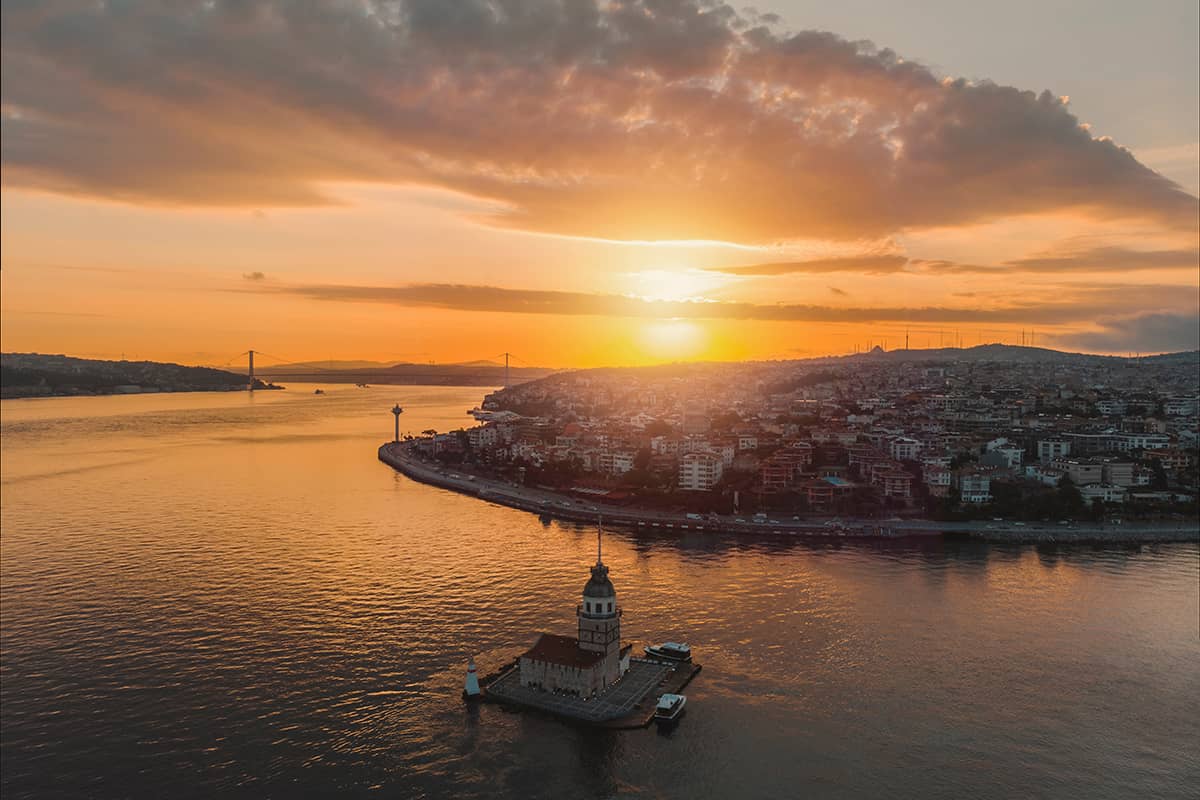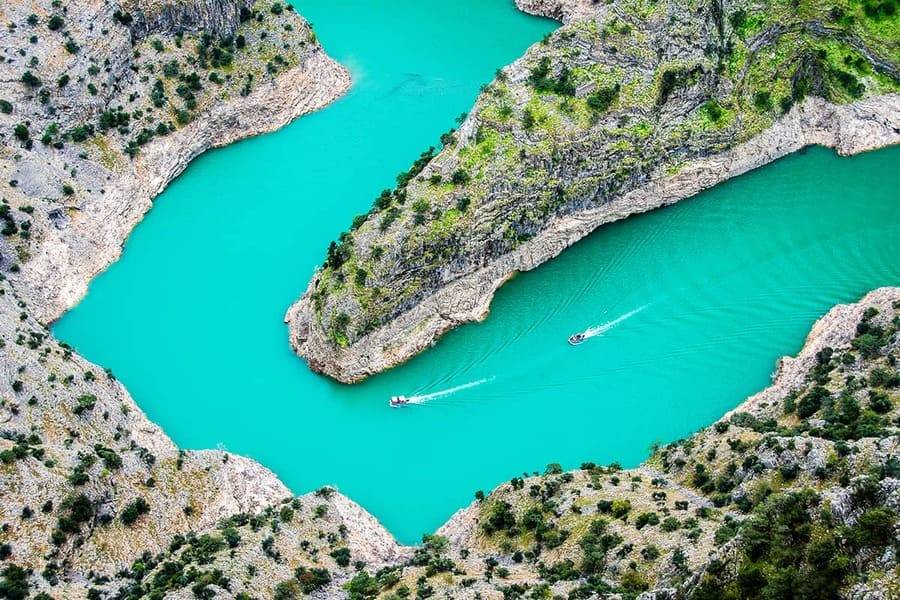Istanbul, the capital of three empires and a significant global city in the 20th century, has long been a centre of trade, culture, and power. As one might anticipate, from a gorgeous town with a long history millennium, Istanbul is home to a surprising number of architectural marvels. Everyone should explore a few of the city’s architectural wonders. You must visit our website and apply for a turkey visa online.
Ayasofya
The Ayasfya, perched atop Istanbul’s Historical Peninsula and maybe the most famous of all the magnificent buildings in the city, can be seen in almost every picture of the skyline. When this spectacular and enormous tower was finished in 537 CE, it defied all logic. It was built over five years and is renowned for its central dome, which has a diameter of 32.6 metres and rises above 55 metres, giving the impression that it is floating in the air.
For over 1,000 years, this magnificent building held the title of the largest church worldwide. For more than 400 years, it also served as one of the most significant mosques. Since it served as a church under the Eastern Roman Empire, a mosque under the Ottomans, and then a museum during the Turkish Republic, Ayasofya is regarded as the ultimate expression of Istanbul’s distinctive cosmopolitan heritage. As of 2020, Ayasofya is again operating as a mosque that illustrates how two religions live in the same place. Like every other mosque in Istanbul, it is open to visitors when there is no prayer.
Topkapı Sarayı
For 400 years, the Ottoman Empire’s capital city of Istanbul served as home to Topkapi Sarayi, also known as Topkapi Palace. Located at the most desirable point of Istanbul’s Historical Peninsula and jutting out into the Bosphorus Strait, Topkapi offers a variety of activities, including magnificent views.
A few years after Sultan Mehmed, the Emperor’s capture of Constantinople in 1459, the Ottoman sultans issued the orders that would result in the vast complex that is today’s museum.
Topkapi Sarayi provides a distinctive window into Ottoman aristocracy and government operations. The complex’s successive courtyards signify greater significance and closeness to the sultan. The opportunity to walk around the Topkapi’s private living quarters (harem), a luxury granted only to the sultan’s family and most loyal servants, is the most unusual experience. Visitors will also want to admire the priceless royal collections representing palace life. Artifacts from the palace’s wardrobe, food, war souvenirs, and religious artefacts are on display.
Dolmabahçe Sarayı
Dolmabahçe Palace is located in the bustling district of Beşiktaş, just along the Bosphorus. The third most prominent palace in Istanbul was constructed in the last years of the Ottoman Empire and is a spectacular instance of Western design. The beautiful exterior of the building, which is now a museum, offers visitors the chance to admire the handiwork before being captivated by the imperial luxury of the interior decor.
Arriving early will allow visitors to tour the palace’s ceremonial (selamlik) and private quarters (harem).
Galata Kulesi
Galata Kulesi (Galata Tower), which sticks over the collection of surrounding high-rise structures, draws visitors to the vibrant districts of Galata and Taksim. The Genoese constructed the current building, even though the location has had a tower since 507 CE.
The tower’s observation deck, 52 metres high, provides unrivalled views of old Istanbul. According to legend, the Ottoman scientist Hezârfen Ahmed Celebi used homemade wings to leap from the top of the tower, spanning the Bosphorus, and arrive in the neighbourhood of Üsküdar on the Anatolian side. On one end of Istanbul’s well-known tourist street, Istiklal Caddesi (also known as Istiklal Avenue), stands the Galata Tower. An evening spent trying to take advantage of the area’s distinctive shopping options, and nightlife is best started with a visit here around sunset.
Yerebatan Sarnıcı
Unknown to many, the Byzantine Empire managed water with remarkable success by using hundreds of underground cisterns throughout Istanbul. Yerebatan Sarnici, also known as the Basilica Cistern, is the largest and most notable of these cisterns, and it can be found on Istanbul’s Historical Peninsula. The spectacular 9,800 square metre Basilica Cistern, built in the 6th century BCE, can hold 80,000 cubic metres of water. Today, only a small amount of water is kept in the cistern so that tourists can pass between the magnificent old pillars in the vast dark area. A column resting on a base with an upturned Medusa head intersperses the tense atmosphere, which was also used for a James Bond movie set. According to legend, the Medusa was turned on its head to block the effect of her stone-turning gaze. However, visitors to the Basilica Cistern can be confident that the only risk they face is a desire to come often so they can take in its enticing atmosphere.
Süleymaniye Mosque
Istanbul again became a thriving metropolis after the Byzantine Empire’s collapse, and the growing and expanding Ottoman Empire took control in the 15th century. Numerous Ottoman monuments were built as the population and economy grew.
The most prolific and well-known architect in the Ottoman Empire, Mimar (Architect) Sinan, was a significant contributor to these architectural achievements. The Süleymaniye Mosque is Sinan’s singular masterpiece among all his Istanbul constructions.
This imperial mosque, built by Sultan Suleyman the Magnificent at the height of the Ottoman Empire’s power, is a tribute to the Ottoman power of the time. The dome, which has a 26.5-meter diameter and is supported by four enormous monolithic columns to create an almost square interior, is an outstanding example of Mimar (Architect) Sinan’s work at the pinnacle of his famous and long career.
The surrounding complex, which includes a courtyard with stunning views of the Golden Horn and buildings that serve as soup kitchens, public baths, and religious schools, is worth taking in by visitors.
Haydarpaşa Garı
The former Haydarpaşa Station is located in the famous Kadiköy district across the Bosphorus. Anyone taking a ferry to Istanbul’s Anatolian side will find it difficult to miss this stunning building, which borders the Bosphorus Strait. The late 19th-century Haydarpaşa Station rose to fame as the terminus for railways linking Istanbul to the Middle Eastern provinces of the Ottoman Empire. The busiest train station in Turkey remained Haydarpaşa until it was closed for renovations. Visitors to the Anatolian side can visit the museum to view one of Türkiye’s finest examples of Neoclassical architecture. In contrast, efforts are still being made to reopen this landmark structure as a working train station.
We offer turkey e visa to Turkey for your desired tour, from romantic honeymoons to scenic self-drive road trips for significant destinations.
